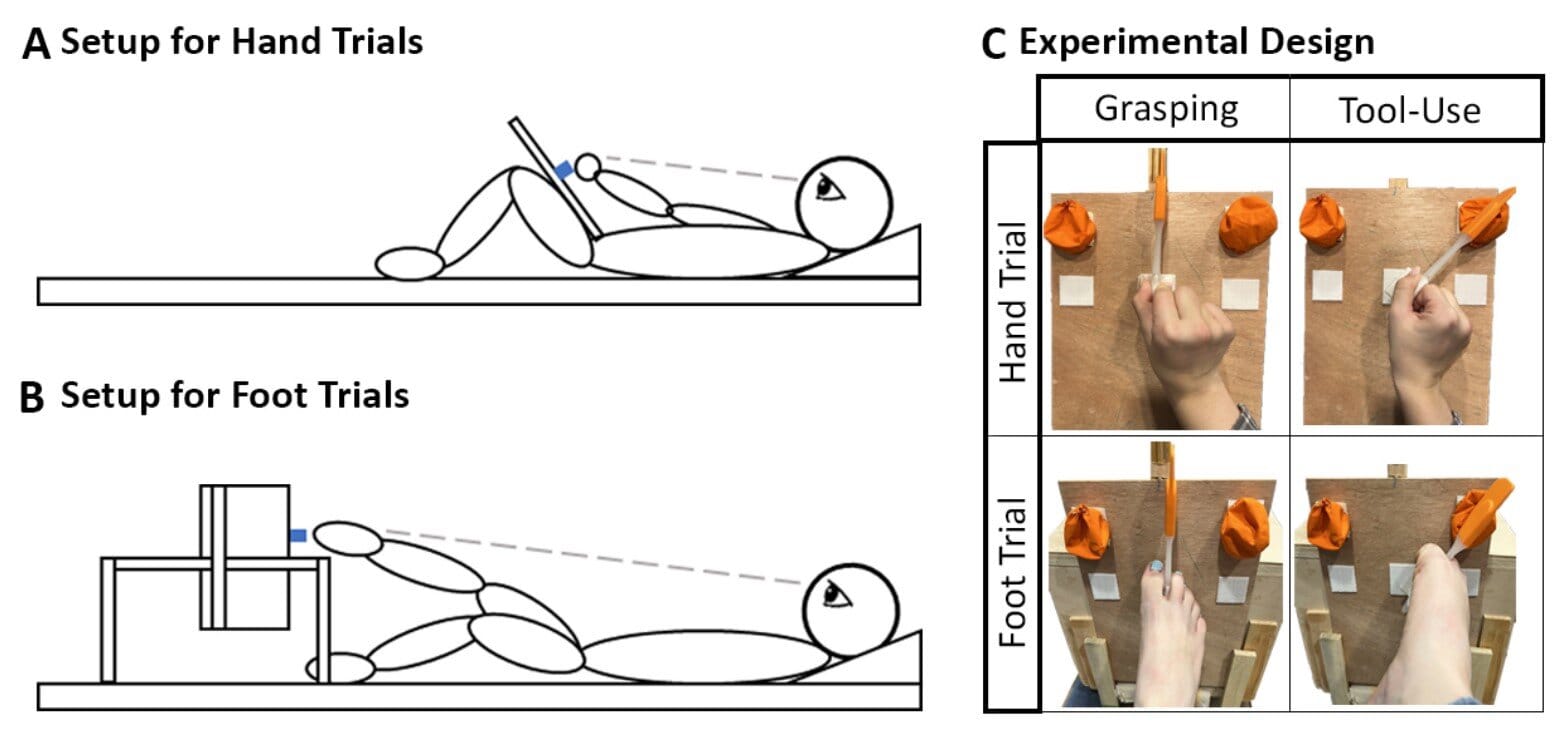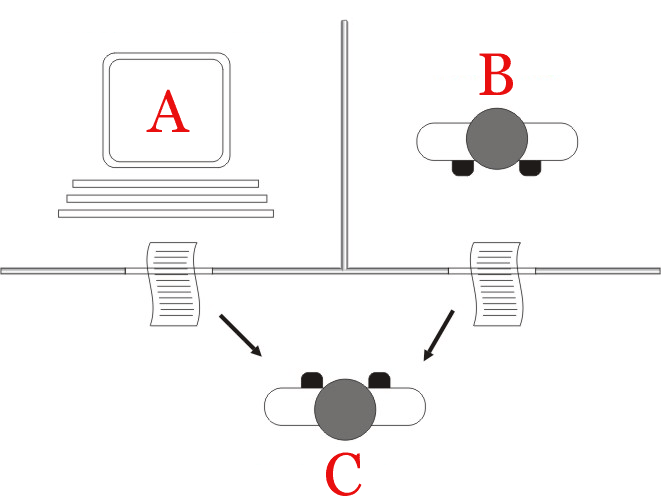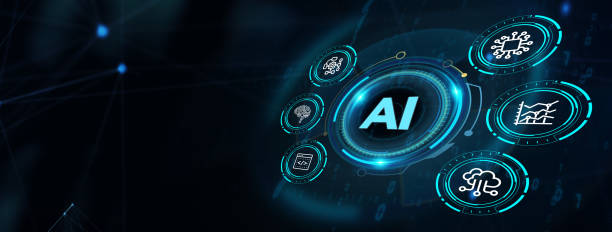For centuries, scientists have believed that the brain’s motor system—the part that controls movement—was laid out like a map of the body. This idea, called the homunculus model, suggests that one brain area governs the hand, another the foot, another the tongue, and so on. It is an orderly vision of control: each piece of the body has a corresponding piece of the brain.
But science thrives on questions, especially those that challenge conventional wisdom. A new wave of research suggests this map might not be the whole story. Instead of being organized strictly by body parts, some regions of the brain might be organized by the type of action—like grasping, reaching, or using a tool—regardless of which body part performs it.
This fresh perspective isn’t just an intellectual curiosity. If true, it could reshape how we understand recovery from brain injury, how we design prosthetics, and how we think about human potential when the body is born or shaped differently than expected.
A Study That Defies Expectations
At Georgetown University, neuroscientist Ella Striem-Amit, Ph.D., and her team set out to test this bold idea. Their study, recently published in the Proceedings of the National Academy of Sciences, explored whether action-based organization in the brain holds up even when a person has never had hands to begin with.
The researchers worked with volunteers who were born without hands and who, from early childhood, adapted by using their feet for daily activities—including tasks that typically require tools. These individuals demonstrate remarkable flexibility, writing, eating, or even using smartphones with their toes. Their lives became the perfect test case for understanding how the brain organizes movement when the “expected” body part is missing.
Using fMRI brain scans, Striem-Amit’s team discovered something extraordinary: in people who had never in their lives used hands, the brain regions typically dedicated to hand tool use still lit up when they used their feet to perform the same action. In other words, the brain didn’t seem to care whether the action was done with a hand or a foot. What mattered was the act of using a tool.
“We found that some regions in the brain care about the type of action a person is doing and not whether this action was performed with the hand or with the foot,” said Florencia Martinez Addiego, a graduate student and lead researcher on the project.
The Limits of Flexibility
The story, however, is more nuanced than a complete rewriting of the brain’s map. Not every area of the motor system showed this kind of flexibility.
The primary motor cortex—the region most directly responsible for sending movement commands to the body—still maintained its body-part-based organization. Even in lifelong foot-users, this area did not “relabel” itself to treat the foot as a hand. That means the brain has both rigid and flexible systems: some parts stick to the body map, while others are abstract enough to focus on the action itself.
Dr. Yuqi Liu, a former postdoctoral fellow on the project, emphasized this distinction: “The primary motor cortex did not reorganize for foot-based tool use, even in people who have been using tools with their feet their whole lives. This suggests that some brain areas demonstrate more plasticity than others.”
Action at the Core
What makes this study groundbreaking is the discovery that action-type organization can arise even without typical motor experience. This means the brain may be prewired, to some extent, to think in terms of actions like “grasping” or “reaching,” rather than strictly in terms of “hand” or “foot.”
This adds to a growing body of evidence that the brain’s architecture is more flexible than previously imagined. Just as blind individuals can use their visual cortex to process sounds or touch, and deaf individuals repurpose auditory regions for vision, motor regions may also be more abstract—capable of reorganizing around function, not anatomy.
“Many brain regions may be more flexible than previously thought, especially early in development,” Striem-Amit explained. “Just as some areas involved in perception respond to information from any sense, parts of the motor system may represent actions in a way that generalizes across body parts—regardless of which ones a person was born with.”
A Human Face to the Science
Scientific studies gain depth when paired with lived human experience. One study participant, Alvin Law, brought a deeply personal dimension to the findings. Born without arms due to his mother’s use of the drug thalidomide during pregnancy, Law has spent his life using his feet and legs for tasks most people would assign to their hands.
At 65, Law reflects on his adaptations with clarity and honesty. He acknowledges that prosthetics are invaluable for many who lose limbs later in life, but for him, his feet became his tools from the very beginning. “I can’t even imagine what it would be like losing a limb of any kind, to whatever cause,” he said. He sees his participation in the study as a way to help others reclaim independence and quality of life.
His story makes clear that brain research is not only about theory. It is about real people navigating the world with resilience and ingenuity, and how science can support that journey.
Why This Matters
The implications of this study ripple far beyond neuroscience laboratories. If the brain can represent actions independently of body parts, rehabilitation strategies for people recovering from strokes, spinal injuries, or amputations could be transformed. Therapies might focus less on retraining specific muscles and more on reconnecting the brain with the action itself.
This knowledge could also inform the design of advanced prosthetics and brain–computer interfaces. Imagine a prosthetic that doesn’t just mimic a hand, but that integrates seamlessly with the brain’s action-based systems—allowing a person to “think grasp” and perform the motion with whatever tool or device they use.
Perhaps most profoundly, these findings remind us of the adaptability woven into our biology. They show that the brain is not a rigid machine but a living, dynamic system, capable of organizing itself in creative ways.
A New Map of Possibilities
The brain, once thought to be bound by the body, is revealing a more expansive and imaginative side. The discovery that it can represent actions beyond anatomy challenges long-held assumptions and opens doors to new technologies and therapies.
Einstein once said that imagination embraces the entire world. In its own way, the brain seems to agree. It organizes not just around limbs, but around possibilities—around the actions that define what it means to live, create, and adapt.
As we learn more about this action-centered organization, we are reminded that human potential is not confined to what we are born with. Our minds, like our lives, are works in progress—capable of rewriting their own maps, and in doing so, expanding the future of what we can achieve.
More information: Florencia Martinez-Addiego et al, Action-type mapping principles extend beyond evolutionarily conserved actions, even in people born without hands, Proceedings of the National Academy of Sciences (2025). DOI: 10.1073/pnas.2503188122






